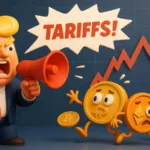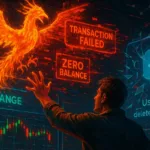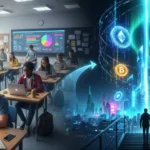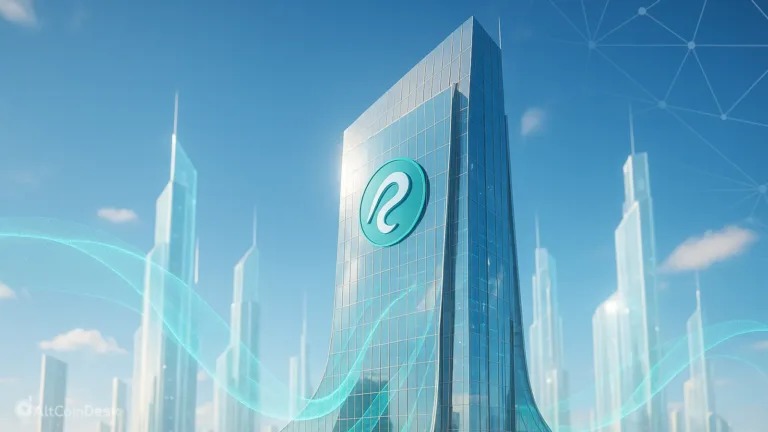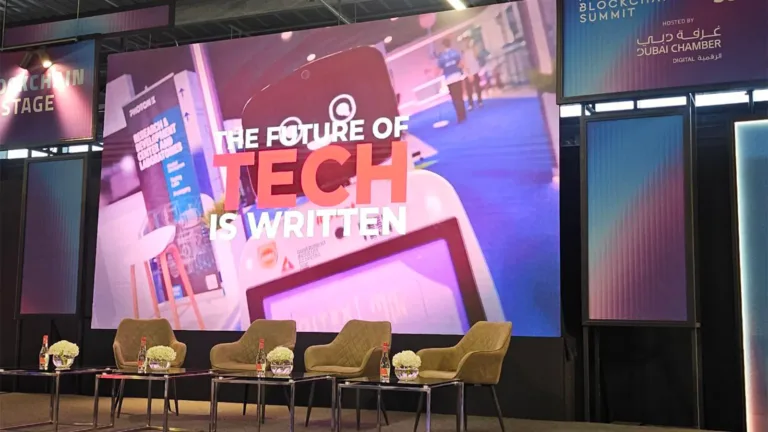Once upon a time, people realized that the gases we release into the air, like carbon dioxide, were warming the planet. To help fix this, they created something called carbon credits. Think of each credit like a certificate proving that one tonne of harmful gas was either prevented from entering the atmosphere (like by building a wind farm instead of a coal plant) or sucked out of it (like by planting a forest). Companies that couldn’t stop all their pollution could buy these credits to offset their mess.
There were two main places to get these credits:
- The Compliance Markets: Governments set strict pollution limits for big companies. If a company polluted less than allowed, it got extra “allowances” (like special pollution coupons) it could sell. If it polluted more, it had to buy allowances from others. It was all about following the rules.
- The Voluntary Carbon Markets (VCMs): Here, companies or even regular people who wanted to do better than the rules required could buy credits to offset their pollution, like from flying or shipping goods.
But the Voluntary Carbon Market had problems. It was like a messy, old-fashioned marketplace hidden in back alleys. Prices weren’t clear, it was hard to buy and sell quickly, and worst of all, sometimes the same credit got sold twice or counted twice (“double-counting”). This made people lose trust. Was that forest project really saving carbon, or was someone just selling the same promise over and over?
What are tokenized carbon credits?
Tech folks had an idea: “What if we put these carbon credits on a super secure, shared digital notepad called a blockchain?” They could turn each physical credit into a unique digital token. This promised to clean up the messy market by making everything open and traceable.
Imagine a digital coin in your online wallet. But unlike a Bitcoin, whose value depends only on what people are willing to pay, a tokenized carbon credit is different. Each digital token is directly linked to a real, verified carbon credit sitting in an official registry (like Verra or Gold Standard). One token = one tonne of CO₂ saved or removed. It’s like a digital twin of a real environmental asset.
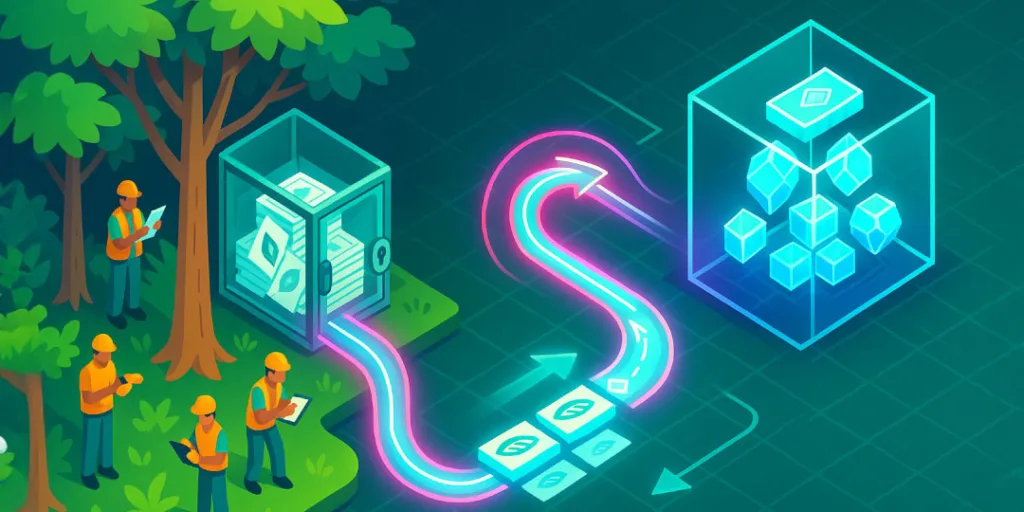
Turning carbon into tokens
Locking in a custodial account
The owner of real carbon credits (say, from a forest project) moves them from the official registry into a super-secure digital vault managed by a special “bridging” platform. This vault guarantees the credits are real and locks them away safely.
Minting the token
Now, the bridging platform creates (mints) a shiny new digital token on a blockchain (often Ethereum because it’s well-established). This token represents the locked credit. Sometimes these tokens are identical and interchangeable (like dollars—called “fungible” or ERC-20 tokens), especially if they are for similar projects from the same year. Other times, each token is unique (like a trading card—called a “non-fungible” or ERC-721 token), especially for special projects. Each token has a digital tag linking it back to the original credit’s details (project type, year, serial number).
Trading and using it
Now the fun begins! The owner can sell this digital token on crypto exchanges or special finance apps (DeFi). When someone buys it and wants to use it to offset their pollution, they retire it. This means the digital token is permanently marked as “used” on the blockchain, and at the exact same time, the real credit in the registry is also retired. Poof! No double-counting! Clever computer programs (smart contracts) handle this minting, retiring, and updating automatically.
Differences from conventional crypto tokens
- Backed by real‑world assets: Their value comes from the actual environmental good (the forest, the wind farm) that the credit represents, not just hype. This gives them more stability.
- Unique metadata: Because a credit from a 2020 forest is different from a 2025 ocean project, the tokens carry specific info. They aren’t all the same.
- Rules apply: Registries and bridging platforms check and control things to keep the system honest. You can’t just make a token out of thin air like with some cryptos.
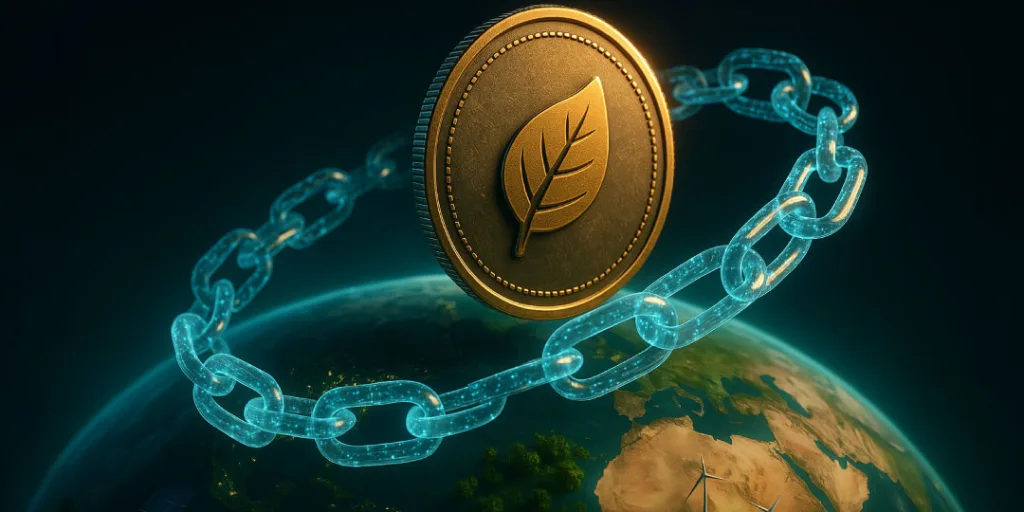
Why go digital?
- Blockchain creates a permanent, public record. You can see where a credit came from and who owned it.
- Forget slow brokers! Tokens trade on digital exchanges instantly.
- Smart contracts handle the paperwork automatically, issuing, trading, and retiring credits, cutting errors, and reducing admin costs.
- Tokenized credits can dive into DeFi. You could deposit them to earn interest, use them as loan collateral, or trade them instantly in pools like KlimaDAO offers.
- Clever contracts can ensure that every time a token is resold, a small royalty fee goes back to the original project developer (like the forest planters).
- Tokenization opens climate projects to global investors who can now hold carbon credits like other digital assets. It’s a way to support the planet and diversify investments, especially as demand for good credits is expected to soar by 2030.
Challenges and risks
- The biggest fear is that tokenization might let low-quality or fake credits (junk) circulate easily.
- Lack of standards and regulatory uncertainty
- Energy consumption and environmental impact
- Like other cryptos, tokenized carbon prices could get driven up by hype, not real environmental value.
- Privacy vs. Transparency: How much project detail should be public on the blockchain? Too little, and you can’t check quality. Too much, and you might expose sensitive business info. Finding the right balance is tricky.
Final thought
Putting carbon credits on the blockchain is a powerful mash-up of green finance and digital tech. By making each credit a traceable, tradable token, it promises to fix the old market’s flaws, bringing light, speed, and efficiency.







